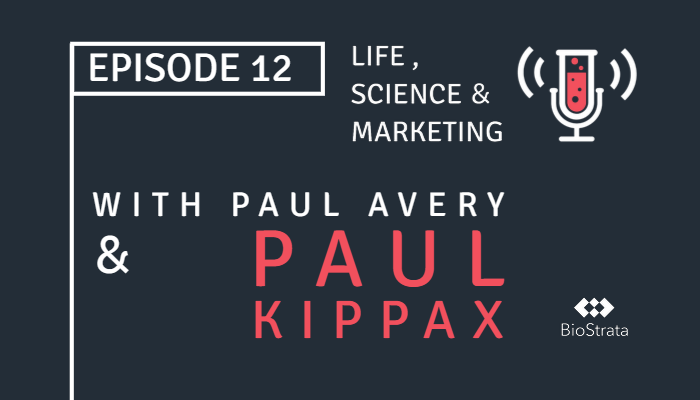When it comes to improving patient diagnosis and reducing healthcare costs, innovative new products that reduce costs or increase accuracy are always welcome. However, are we inadvertently stifling innovation rather than encouraging it? And if so, what can be done to improve the situation?
Take Speedy Breedy, an interesting new product developed by Bactest, a small start-up company in Cambridge, UK, which was recently featured in an article published online by Forbes. The device was originally conceived for the medical market, offering some key benefits such as reducing the time to detect contamination in blood and removing the need to send samples away to a lab for analysis.
These would all be important improvements, and for struggling health services could provide both cost savings and a better, faster service for doctors and patients. However, don’t expect to see Speedy Breedy being used to test blood any time soon…
I feel that two quotes from the recent Forbes article about Speedy Breedy define the problem in a nutshell:
The company was originally established in 2001 by two former Unilever technologists who developed the sensor. The original focus was on the medical equipment market, with the sensors used to detect contamination in blood.
But a relaunch in 2011, with Annie Brooking taking over as CEO, saw a change in direction. “The medical devices market was just too difficult in terms of the clinical trials involved,” she says. “So we began to look at unregulated markets.”
Given these challenges, the company are now looking at less regulated markets, where time to market, and therefore achieving revenue, will be faster. There are many sectors for which the device is suitable, including food and beverage, potable water and oil.
This is very good news for the company but, in my view, bad news for the NHS and medical markets. It’s the same as saying that it is too difficult and will take too long for small, innovative companies to get their product to market. This is a real problem for us all – in a society where we no longer have a scientific civil service, we are relying on three very separate sectors to innovate and improve our welfare – universities, charities and private enterprise. For larger companies the regulations are onerous, but achievable, but for the SME they are presenting a huge obstacle.
So how can we overcome this issue?
With the UK NHS in crisis, every little helps, and the real issue here is how we can modernise and remove some of the barriers to innovation in the medical market so that we don't lose out on valuable technologies and innovative equipment. With people living longer and healthcare costs rising across the globe, the UK is not the only place facing these challenges.
It’s my feeling that, while clinical trials are there to protect us, we need to reassess our assumptions and methods:
- Is there a way to help fund smaller companies with big ideas?
- How can we support and encourage companies with valuable IP/ideas?
- Can we speed up trials?
- How could we fast-track the development of promising techniques?
- Could we look at the way medical equipment is developed and tested and improve it?
- Could we have dedicated flagship research centres and open innovation where companies, universities, hospitals etc. work together and pool knowledge and resources for the common good? (See Australia’s National Research Flagships for good examples of this).
When positive action is taken, good results can happen ─ banning smoking in workplaces, for example, has resulted in proven health benefits. With no scientific civil service remaining to lead scientific innovation, it has been left to private industry, charities and universities to manage as best they can. It's time to change this by creating some focus and generating some funding sources in order to help to drive the best ideas forward in the hope of creating truly useful and productive technologies for the future.





